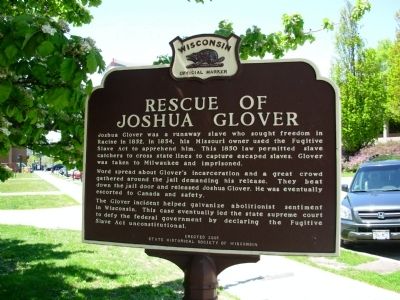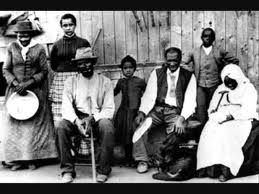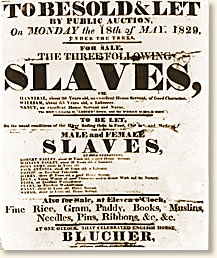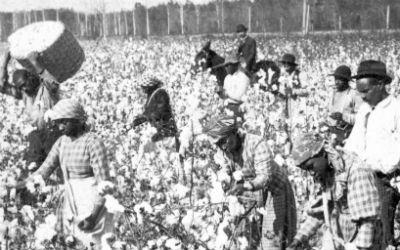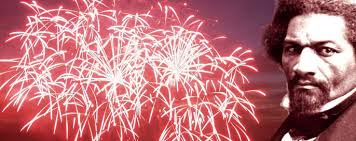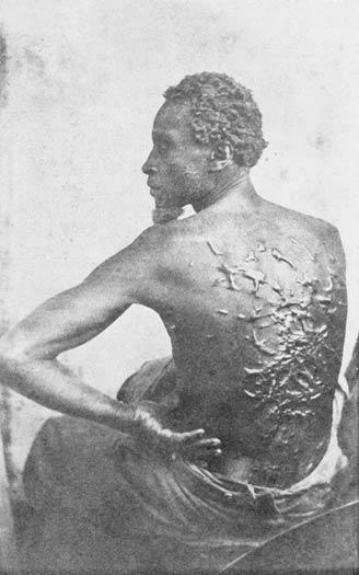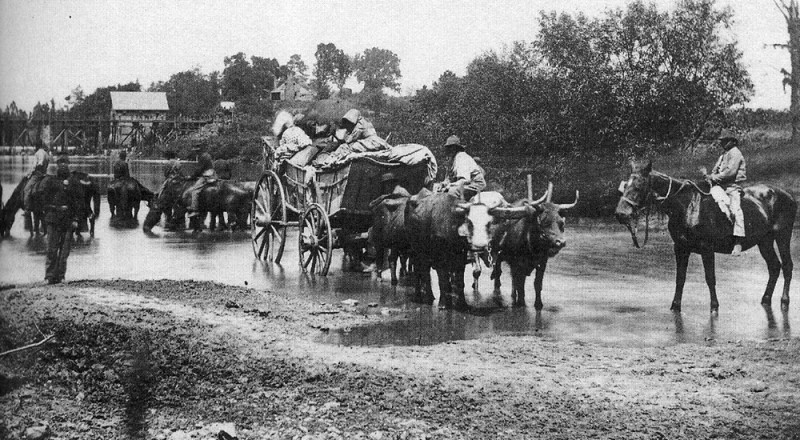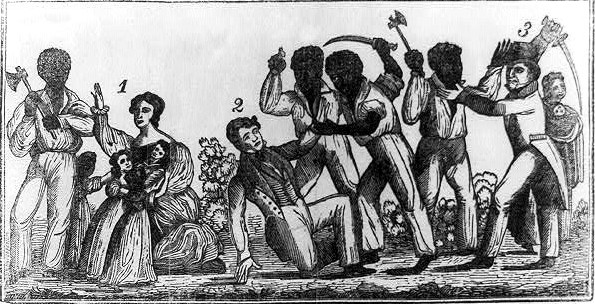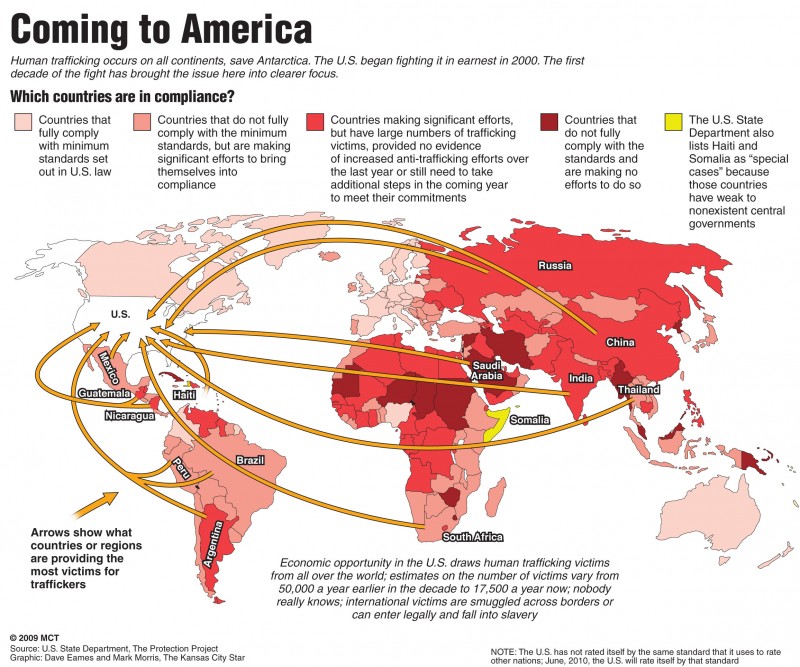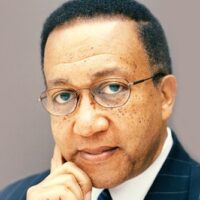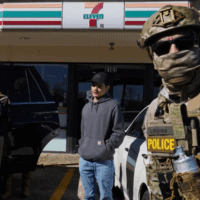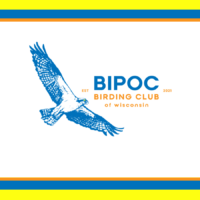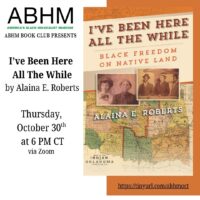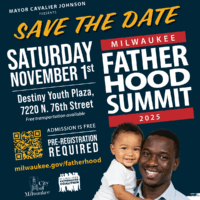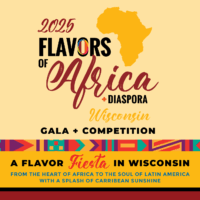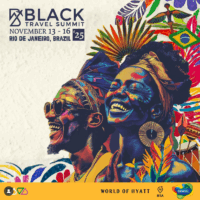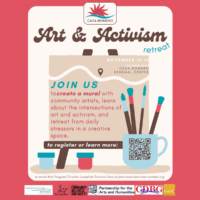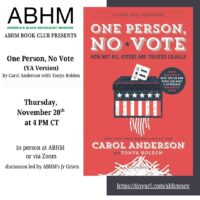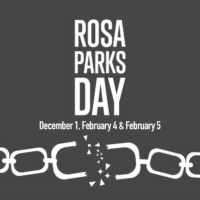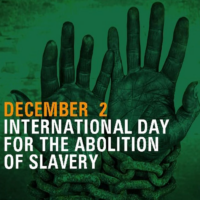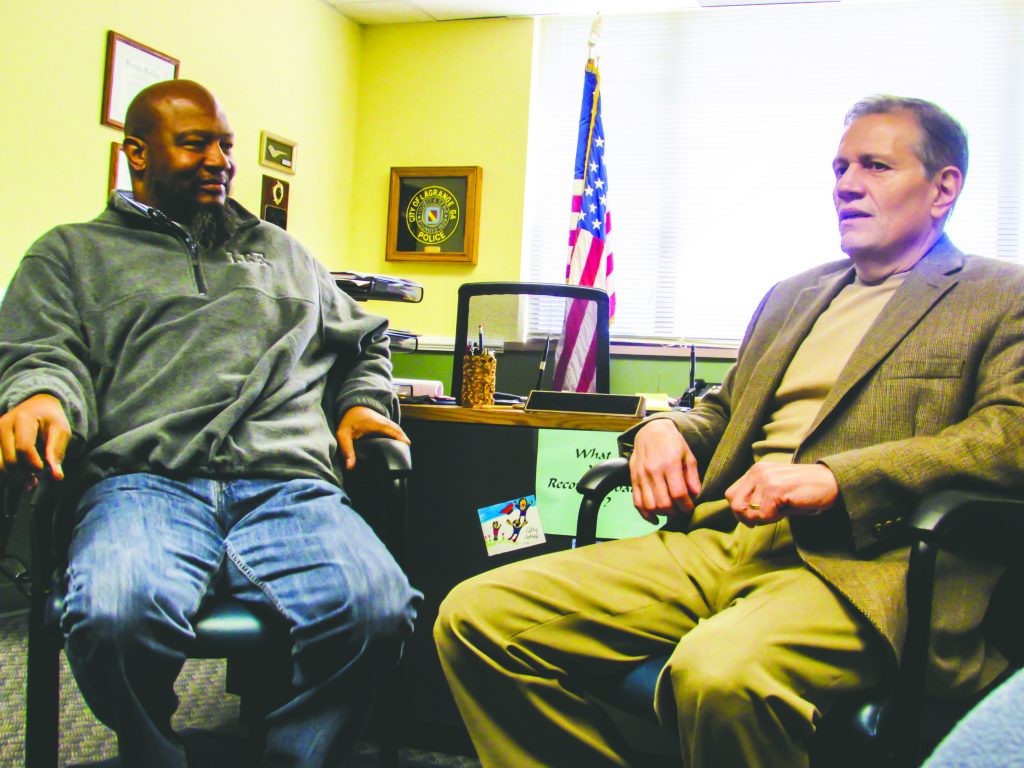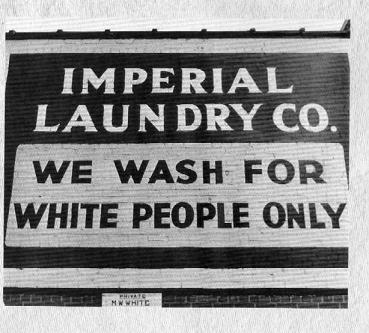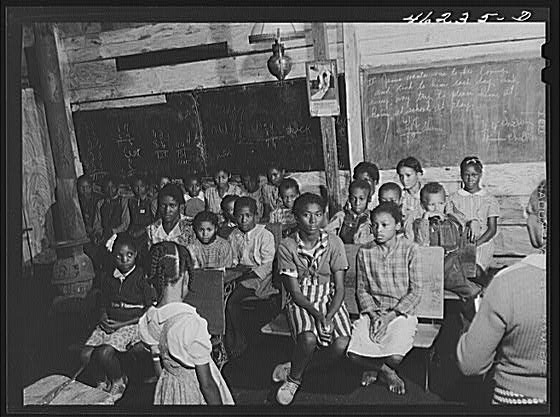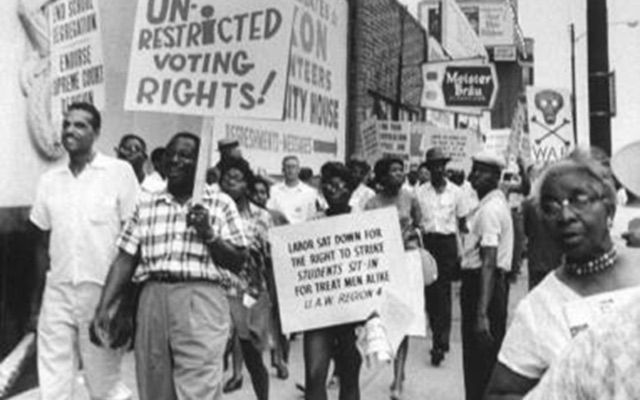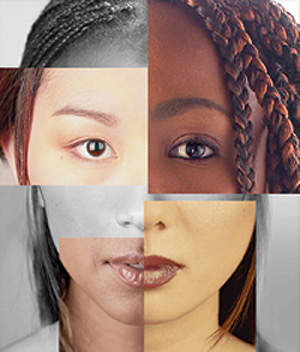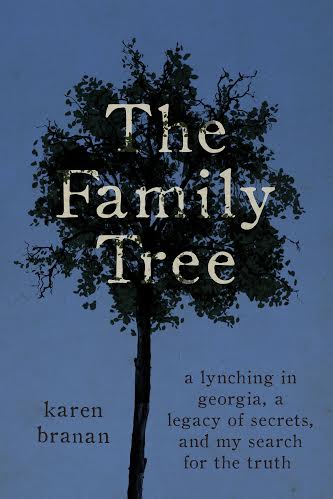White Supremacy
Explore Our Online Exhibits
Breaking News
Worldwide Community Events
Week 5
- Sun 26
- Mon 27
- Tue 28
- Wed 29
- Thu 30
- Fri 31
- Sat 1
- Sun 2
- Mon 3
- Tue 4
- Wed 5
- Thu 6
- Fri 7
- Sat 8
- Sun 9
- Mon 10
- Tue 11
- Wed 12
- Thu 13
- Fri 14
- Sat 15
- Sun 16
- Mon 17
- Tue 18
- Wed 19
- Thu 20
- Fri 21
- Sat 22
- Sun 23
- Mon 24
- Tue 25
- Wed 26
- Thu 27
- Fri 28
- Sat 29
- Sun 30
- Mon 1
- Tue 2
- Wed 3
- Thu 4
- Fri 5
- Sat 6
-
26October26October
 8:00 AM - 12:00 AM
8:00 AM - 12:00 AMSailing to Freedom: Maritime Dimensions of the Underground Railroad
Chesapeake Bay Maritime Museum -
27October27October
 All Day
All DaySailing to Freedom: Maritime Dimensions of the Underground Railroad
Chesapeake Bay Maritime Museum -
28October28October
 All Day
All DaySailing to Freedom: Maritime Dimensions of the Underground Railroad
Chesapeake Bay Maritime Museum -
29October29October
 All Day
All DaySailing to Freedom: Maritime Dimensions of the Underground Railroad
Chesapeake Bay Maritime Museum -
30October30October
 All Day
All DaySailing to Freedom: Maritime Dimensions of the Underground Railroad
Chesapeake Bay Maritime Museum30October -
31October31October
 All Day
All DaySailing to Freedom: Maritime Dimensions of the Underground Railroad
Chesapeake Bay Maritime Museum -
01November01November
 All Day
All DaySailing to Freedom: Maritime Dimensions of the Underground Railroad
Chesapeake Bay Maritime Museum01November
-
02November02November
 All Day
All DaySailing to Freedom: Maritime Dimensions of the Underground Railroad
Chesapeake Bay Maritime Museum -
03November03November
 All Day
All DaySailing to Freedom: Maritime Dimensions of the Underground Railroad
Chesapeake Bay Maritime Museum -
04November04November
 All Day
All DaySailing to Freedom: Maritime Dimensions of the Underground Railroad
Chesapeake Bay Maritime Museum -
05November05November
 All Day
All DaySailing to Freedom: Maritime Dimensions of the Underground Railroad
Chesapeake Bay Maritime Museum -
06November06November
 All Day
All DaySailing to Freedom: Maritime Dimensions of the Underground Railroad
Chesapeake Bay Maritime Museum -
07November07November
 All Day
All DaySailing to Freedom: Maritime Dimensions of the Underground Railroad
Chesapeake Bay Maritime Museum07November
Black Harvest Film Festival 2025
Gene Siskel Film Center -
08November08November
 All Day
All DaySailing to Freedom: Maritime Dimensions of the Underground Railroad
Chesapeake Bay Maritime Museum08November
Black Harvest Film Festival 2025
Gene Siskel Film Center08November
-
09November09November
 All Day
All DaySailing to Freedom: Maritime Dimensions of the Underground Railroad
Chesapeake Bay Maritime Museum09November
Black Harvest Film Festival 2025
Gene Siskel Film Center09November -
10November10November
 All Day
All DaySailing to Freedom: Maritime Dimensions of the Underground Railroad
Chesapeake Bay Maritime Museum10November
Black Harvest Film Festival 2025
Gene Siskel Film Center -
11November11November
 All Day
All DaySailing to Freedom: Maritime Dimensions of the Underground Railroad
Chesapeake Bay Maritime Museum11November
Black Harvest Film Festival 2025
Gene Siskel Film Center -
12November12November
 All Day
All DaySailing to Freedom: Maritime Dimensions of the Underground Railroad
Chesapeake Bay Maritime Museum12November
Black Harvest Film Festival 2025
Gene Siskel Film Center -
13November13November
 All Day
All DaySailing to Freedom: Maritime Dimensions of the Underground Railroad
Chesapeake Bay Maritime Museum13November
Black Travel Summit 2025
Grand Hyatt Rio de Janeiro13November
Black Harvest Film Festival 2025
Gene Siskel Film Center -
14November14November
 All Day
All DaySailing to Freedom: Maritime Dimensions of the Underground Railroad
Chesapeake Bay Maritime Museum14November
Black Travel Summit 2025
Grand Hyatt Rio de Janeiro14November
Art & Activism Retreat
Casa Romero Renewal Center14November
Black Harvest Film Festival 2025
Gene Siskel Film Center -
15November15November
 All Day
All DaySailing to Freedom: Maritime Dimensions of the Underground Railroad
Chesapeake Bay Maritime Museum15November
Black Travel Summit 2025
Grand Hyatt Rio de Janeiro15November
Art & Activism Retreat
Casa Romero Renewal Center15November
Black Harvest Film Festival 2025
Gene Siskel Film Center -
16November16November
 All Day
All DaySailing to Freedom: Maritime Dimensions of the Underground Railroad
Chesapeake Bay Maritime Museum16November
Black Travel Summit 2025
Grand Hyatt Rio de Janeiro16November
Art & Activism Retreat
Casa Romero Renewal Center16November
Black Harvest Film Festival 2025
Gene Siskel Film Center -
17November17November
 All Day
All DaySailing to Freedom: Maritime Dimensions of the Underground Railroad
Chesapeake Bay Maritime Museum -
18November18November
 All Day
All DaySailing to Freedom: Maritime Dimensions of the Underground Railroad
Chesapeake Bay Maritime Museum -
19November19November
 All Day
All DaySailing to Freedom: Maritime Dimensions of the Underground Railroad
Chesapeake Bay Maritime Museum19November
ABHM Discounted Tours
ABHM in Milwaukee, WI -
20November20November
 All Day
All DaySailing to Freedom: Maritime Dimensions of the Underground Railroad
Chesapeake Bay Maritime Museum20November
-
21November21November
 All Day
All DaySailing to Freedom: Maritime Dimensions of the Underground Railroad
Chesapeake Bay Maritime Museum -
22November22November
 All Day
All DaySailing to Freedom: Maritime Dimensions of the Underground Railroad
Chesapeake Bay Maritime Museum -
23November23November
 All Day
All DaySailing to Freedom: Maritime Dimensions of the Underground Railroad
Chesapeake Bay Maritime Museum -
24November24November
 All Day
All DaySailing to Freedom: Maritime Dimensions of the Underground Railroad
Chesapeake Bay Maritime Museum -
25November25November
 All Day
All DaySailing to Freedom: Maritime Dimensions of the Underground Railroad
Chesapeake Bay Maritime Museum -
26November26November
 All Day
All DaySailing to Freedom: Maritime Dimensions of the Underground Railroad
Chesapeake Bay Maritime Museum26November
ABHM Discounted Tours
ABHM in Milwaukee, WI -
27November27November
 All Day
All DaySailing to Freedom: Maritime Dimensions of the Underground Railroad
Chesapeake Bay Maritime Museum -
28November28November
 All Day
All DaySailing to Freedom: Maritime Dimensions of the Underground Railroad
Chesapeake Bay Maritime Museum -
29November29November
 All Day
All DaySailing to Freedom: Maritime Dimensions of the Underground Railroad
Chesapeake Bay Maritime Museum -
30November30November
 All Day
All DaySailing to Freedom: Maritime Dimensions of the Underground Railroad
Chesapeake Bay Maritime Museum -
01December01December
 All Day
All DaySailing to Freedom: Maritime Dimensions of the Underground Railroad
Chesapeake Bay Maritime Museum01December
-
02December02December
 All Day
All DaySailing to Freedom: Maritime Dimensions of the Underground Railroad
Chesapeake Bay Maritime Museum02December -
03December03December
 All Day
All DaySailing to Freedom: Maritime Dimensions of the Underground Railroad
Chesapeake Bay Maritime Museum03December
ABHM Discounted Tours
ABHM in Milwaukee, WI -
04December04December
 All Day
All DaySailing to Freedom: Maritime Dimensions of the Underground Railroad
Chesapeake Bay Maritime Museum -
05December05December
 All Day
All DaySailing to Freedom: Maritime Dimensions of the Underground Railroad
Chesapeake Bay Maritime Museum -
06December06December
 All Day
All DaySailing to Freedom: Maritime Dimensions of the Underground Railroad
Chesapeake Bay Maritime Museum
Share
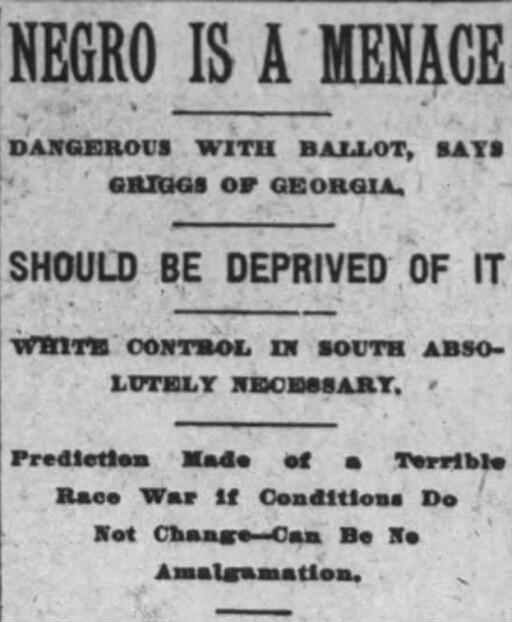
White supremacy is the belief that white people are better than those of other races, making it a type of racism. It also includes actions that prevent other races from gaining power, which is known as white privilege, preserving that power for white people. The basis of white supremacy is the former erroneous belief that significant biological differences existed between people of different races. Although this belief focused heavily on the so-called Black inferiority in and around the slavery era, white supremacy historically and currently oppresses people of many races around the globe, especially indigenous peoples. Furthermore, definitions of who qualifies as white can vary.
This type of racism paved the way for racist hate groups such as the Ku Klux Klan (KKK), the attempt by the self-named Confederate States of America to secede from the Union, and various race riots or massacres, including that in Greenwood, Oklahoma. White supremacy has also been solidified in American legislature through laws such as those preventing Black people from owning property, voting, holding office, and marrying (either at all or those of other races). In the 20th century, Jim Crow laws, which forced racial segregation, upheld the ideology of white supremacy. While laws have changed, institutions and individuals can still promote white supremacy up to and including racist violence.
This idea is closely related to white nationalism, in which being white becomes an identity. Supporters of white nationalism may endorse overthrowing the government to uphold their power. Overlap also exists between white supremacy and racist skinheads who discriminate against Jewish people. Some Christian beliefs and doctrines also align with white supremacy. White (male) supremacy can play a role in domestic terrorism incidents such as shootings like the one in Buffalo, New York.
While Donald Trump was president, this movement gained popularity, with as many as 600 groups currently existing in the United States, members of which typically supported Trump.
Although there is disagreement about how we can dismantle white supremacy, some white supremacists eventually see the error of their ways.
All of our articles, exhibits, and events about white supremacy can be found in the archive below.
This exhibit features a video along with many links to resources that can help you better understand the phenomenon of lynchings. The video give a brief but very complete explanation of how and why racial terror lynchings took place and how they set the stage for current racial injustices.
Read MoreThe system of basing slavery on a person’s race did not occur in the first years of European settlement in America. However, by the 1660s, slavery was instituted and reserved for Africans only. How did this happen?
Read MoreThe police chief of Lagrange, Georgia, along with the city’s mayor and the white business community, issued an apology to the Callaway family and the NAACP for the 1940 lynching of teenaged Austin Callaway. A commemorative ceremony and memorial plaque will be placed to honor Callaway and other victims of lynchings in the county.
Read MoreThis is the story of one of the largest rebellions by enslaved Africans in American history. It is also the story of historiography–how the past is researched, viewed, and written about.
Read MoreOn a hot August night in 1930, 15,000 people flooded into the small Indiana town of Marion to see a great spectacle. Three black teenagers were being lynched for supposedly raping a white woman and killing a white man. The boys were savagely beaten by a mob of men, women and children. One by one they were hanged. Two died – but with the rope already tightening around his neck, one boy was saved.
The souvenir photo taken of this “spectacle lynching” is very well-known. They say it inspired the song “Strange Fruit,” written by teacher Abel Meeropol and made popular by singer Billie Holiday.
Read More“Jim Crow” refers to a five-part system developed in the late 1800s and early 1900s to support white supremacy and oppress black citizens. Although there were laws that discriminated against African Americans throughout the country, the Jim Crow system existed only in the South. This exhibit briefly describes the five oppressions of the Jim Crow system.
Read MoreEducation is the key to economic success. It is true now, and it was true in the Jim Crow South. Southern education was not very good – even for white children. But education for blacks in the South in the early 1900s was worse in many ways. In this exhibit you can learn what school was like for most African American children in the South – and why.
Read MoreFrom about 1900 to 1965, most African Americans were not allowed to vote in the South. White people in power used many methods to keep black people from voting. Some of these methods also prevented poor white people from voting. Today there are still laws and customs that make it harder for African Americans, other minorities, and some whites to vote.
Read MoreFor more than 400 years, the economic, social, and political behavior of Americans has been shaped by ideas about “races” and racial differences. Where did these powerful ideas come from – and are they true? How have your ideas about racial differences been affected?
Read MoreKaren Branan returns to her ancestral home in Georgia to discover the truth behind the lynching of three black men and a black woman in 1912 – including the complicity of her family. She tells the story in a new book, The Family Tree.
Read More